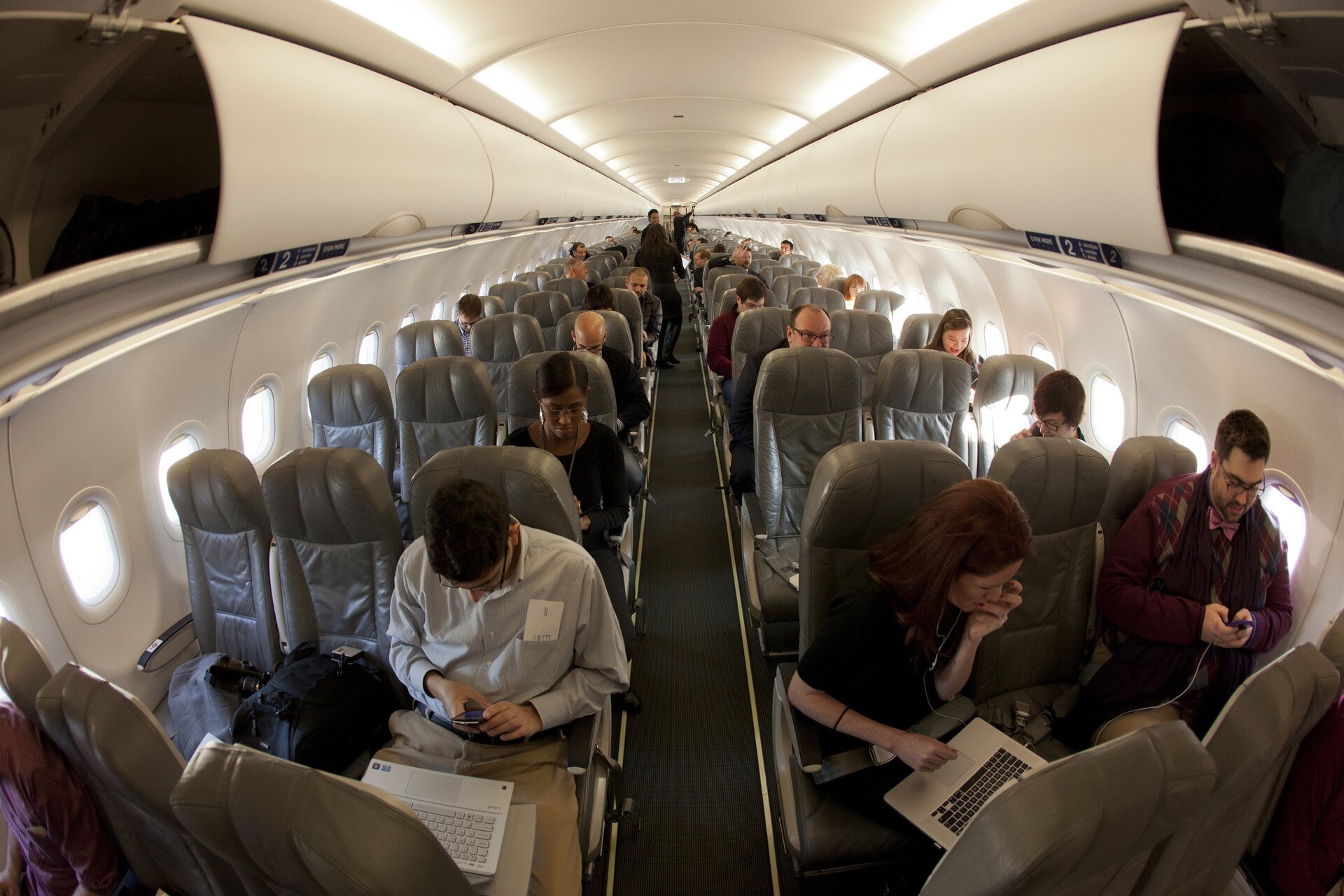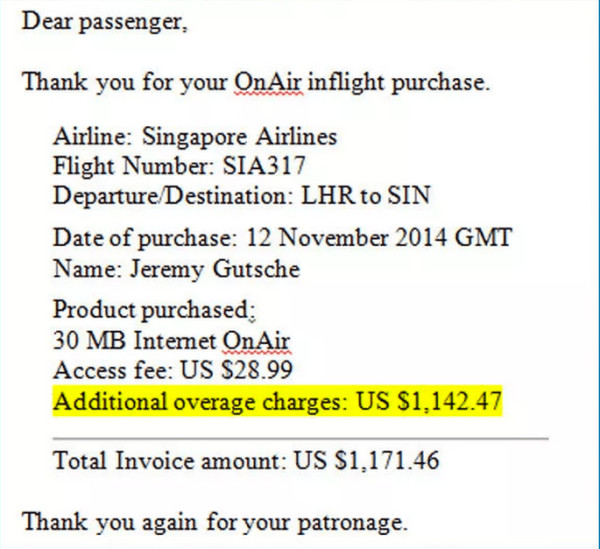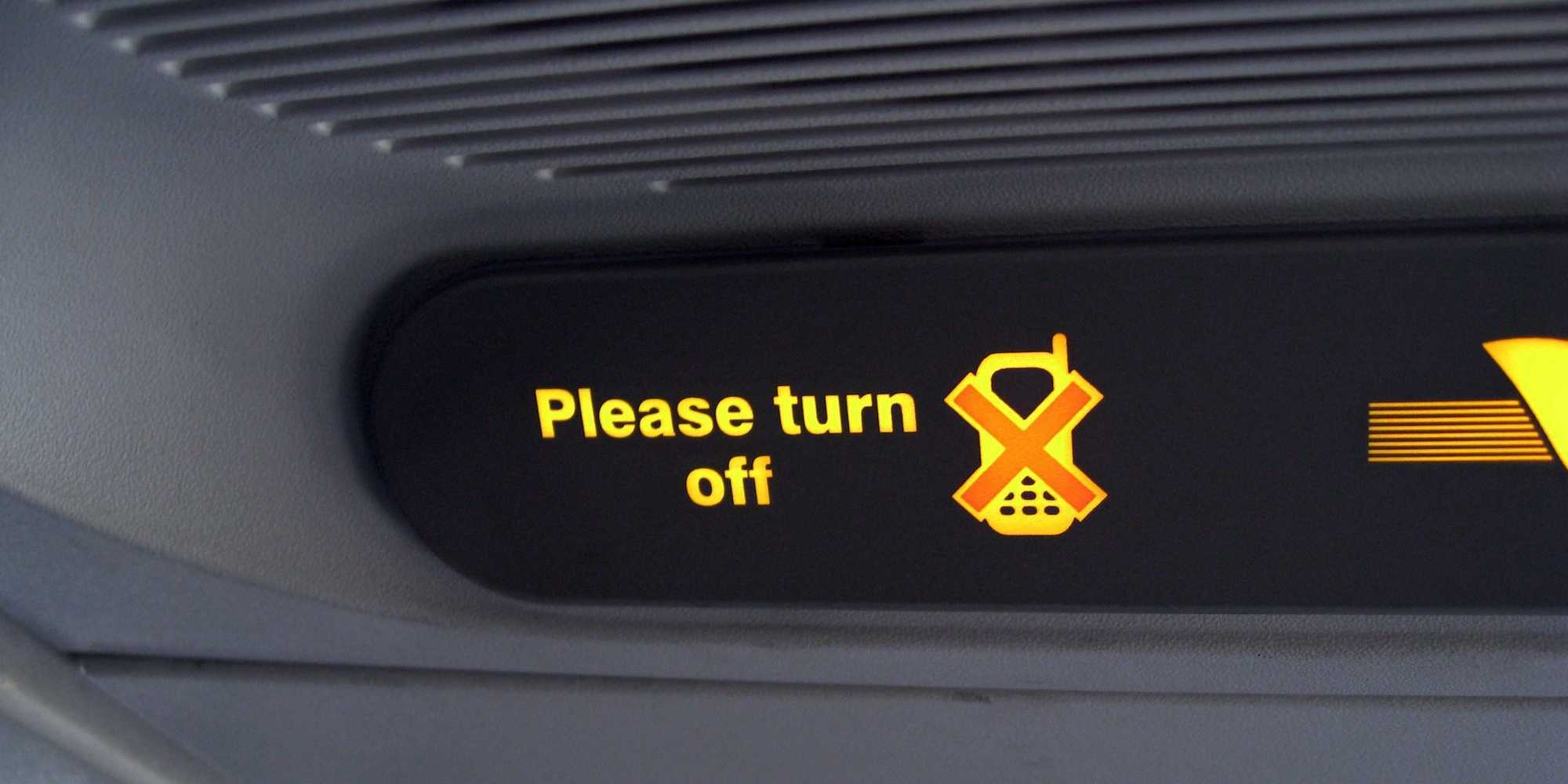Affiliate links on Android Authority may earn us a commission. Learn more.
Singapore Airlines passenger incurs $1171.46 in-flight WiFi bill


For anyone who has ever incurred roaming fees, you know how tough it can be to come face-to-face with the bill at the end of the month. Maybe you forgot to switch off the mobile network and your phone automatically connected to an alternative carrier. Perhaps you thought checking e-mail just a bit wouldn’t hurt that much. Maybe your spouse or significant other used the device by mistake and didn’t realize. These kinds of accidents can happen. But what if you paid for the roaming, and what if we’re dealing with an airline? Submitted for your consideration:

Imagine for a second, you are one Mr. Jeremy Gutsche, and you were greeted with the above upon disembarking from an otherwise uneventful flight from London (Heathrow) to Singapore. This kind of horror would make even the most steadfast traveler stop and scream, the kind of shock that could only happen if you saw a gremlin at 20,000 feet.
So how did this happen? Apparently the airline in question (one Singapore Airlines) gives its passengers the privilege of a whopping 30MB of on-board Wifi data (and charges $28.99 for it no less). Ok, so then obviously Mr. Gutsche must have been watching the entire season of House of Cards on board right? Wrong:
“In my case, just 155 page views, mostly to my email. I know this because for the first time I counted up my page views to see where all the dollars went. I wish I could blame an addiction to NetFlix… [but the] internet was painfully slow, so videos would be impossible.”
Adding a bit more, Jeremy explains that,
“At one point, I spent about an hour uploading one 4mb powerpoint doc. That doc probably cost me $100 to upload, so I hope my team liked it. I actually even emailed them a warning that my upload was taking a while. That email probably cost me $10. And yes, the pricing per mb was disclosed on sign-up, but I bought the $30 package, slept through most the flight, and really didn’t think I’d end up a thousand bucks past the limit.”

As on of the readers on Gigaom implied, surely there must have been some kind of overage indication? While there is no definitive answer (yet), chances are that no such warning appeared; the entire reason this problem would occur is based on the idea that the passenger doesn’t know how much data they are using, and as such are allowed to incur such an astronomical fee. Were there any kind of warning message, or a data cap for that matter, the passenger would be confronted with some kind of browser or internet connectivity error which would prompt investigation and/or having to purchase another data package.
As this unfortunate man made no indication of the fee being waived, it thus becomes clear that there is very little wiggle room to be had with this kind of situation. Airlines do, after all, have a total monopoly over the on-board internet. This is ultimately a very sad situation, because for the longest time it seemed like the idea of using WiFi on an airplane was a pipe-dream, yet now it’s clearly a plain old nightmare. And here we thought Shatner had it bad.